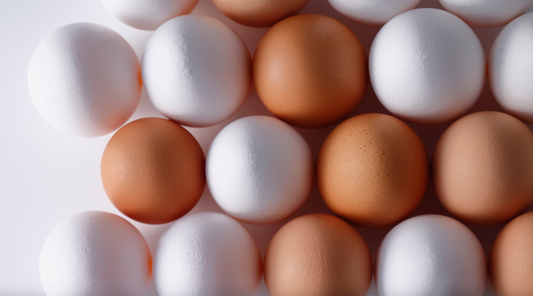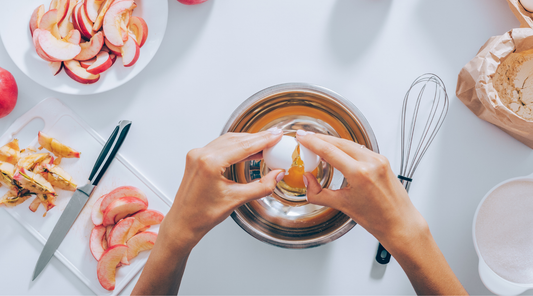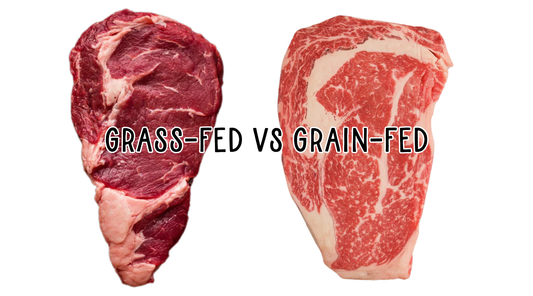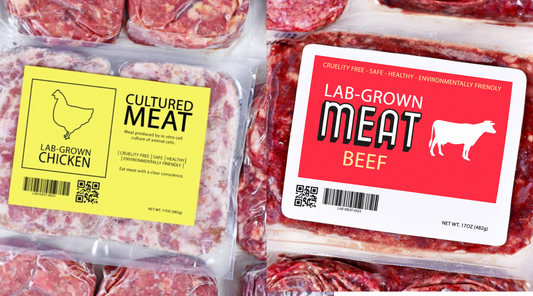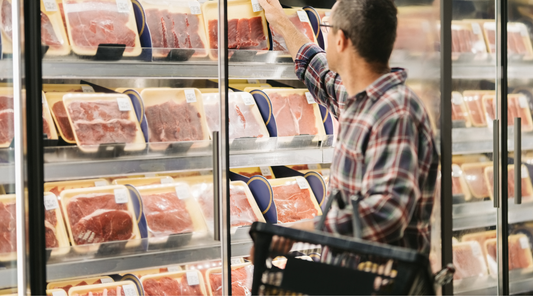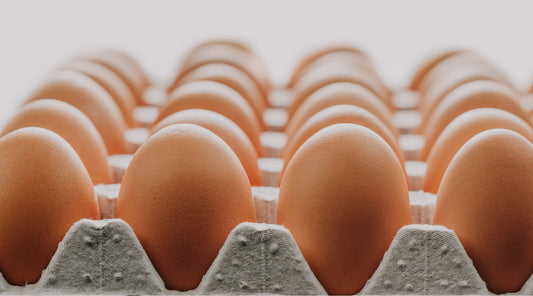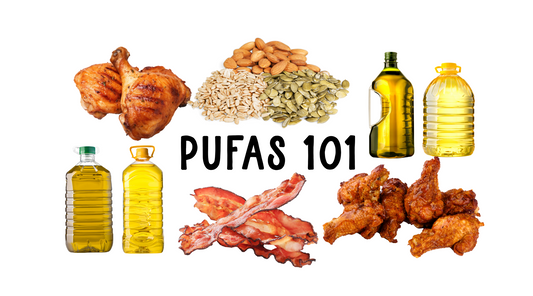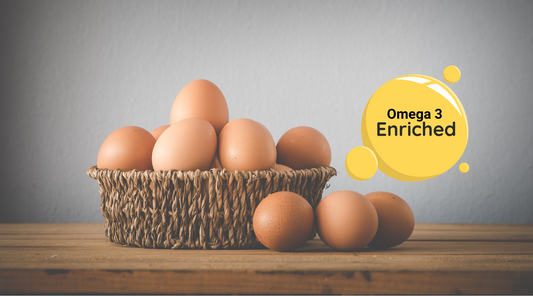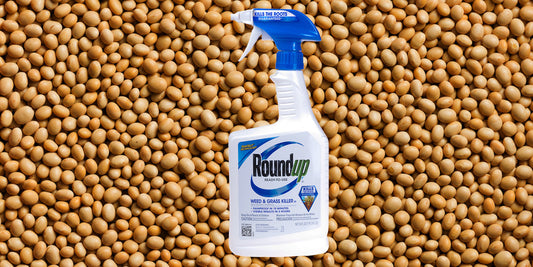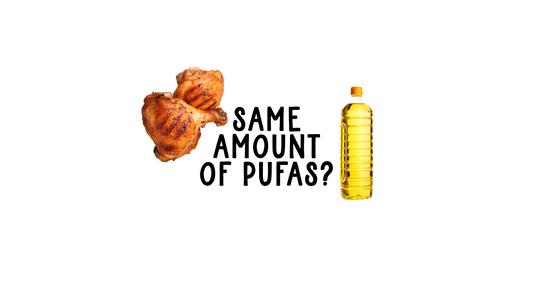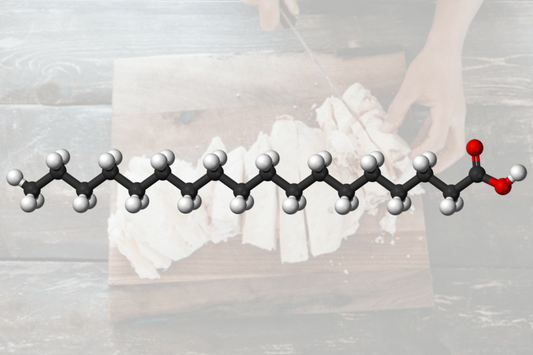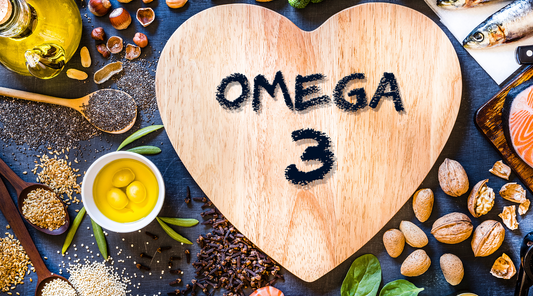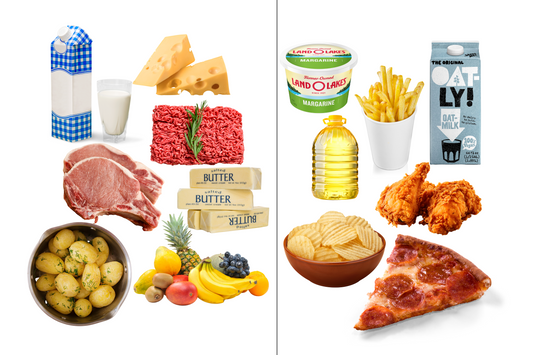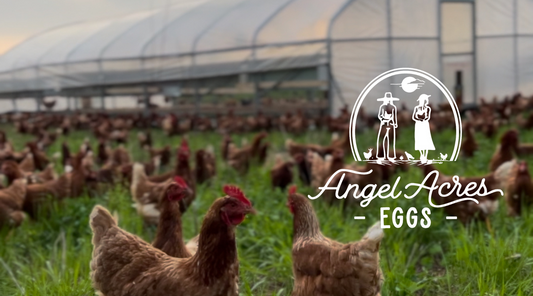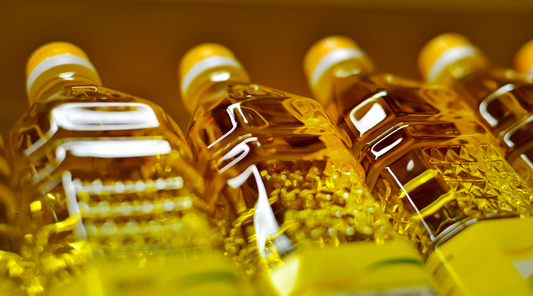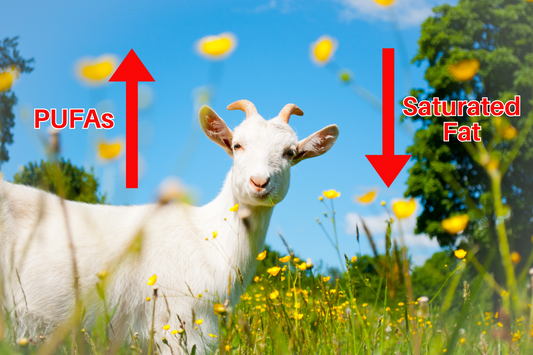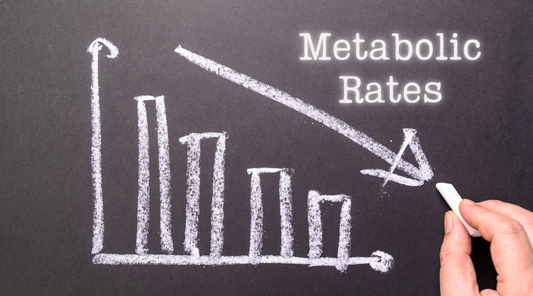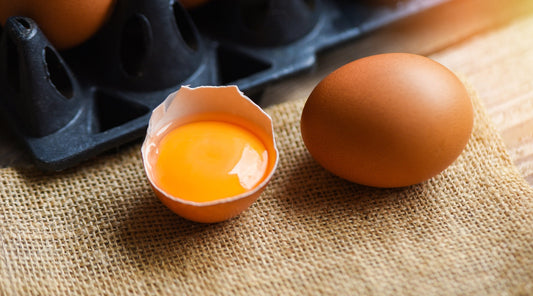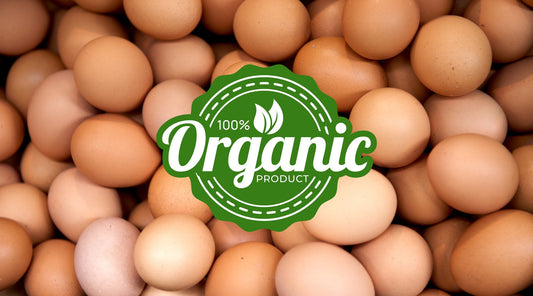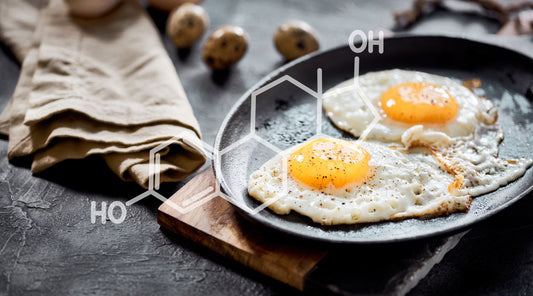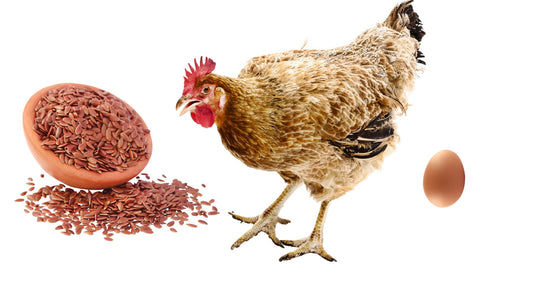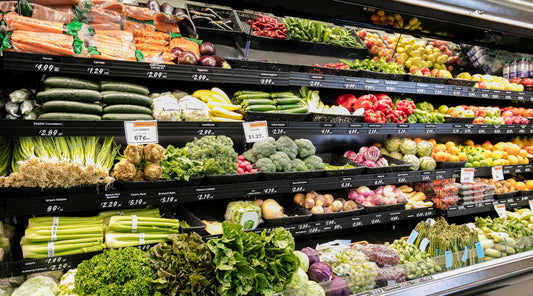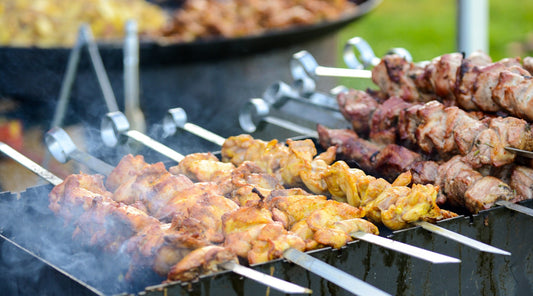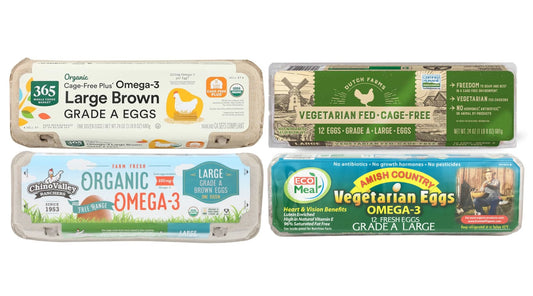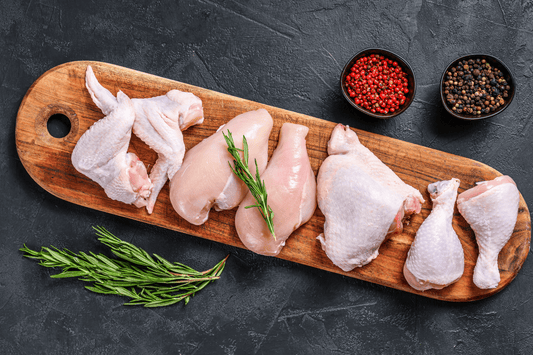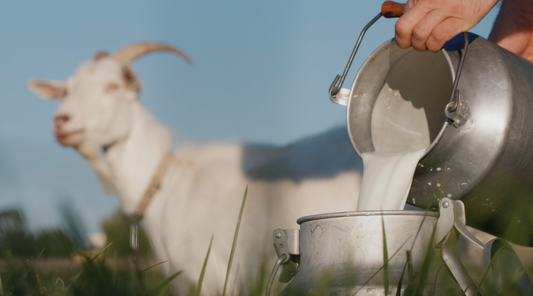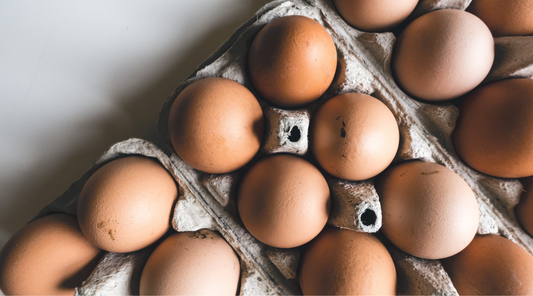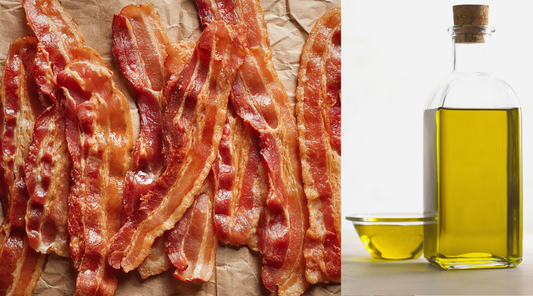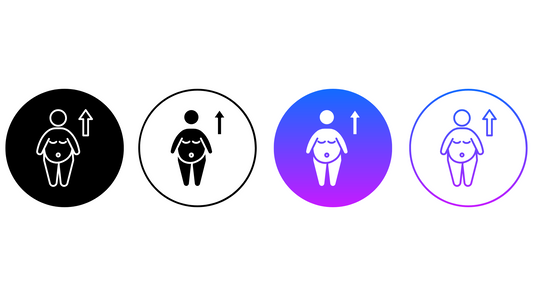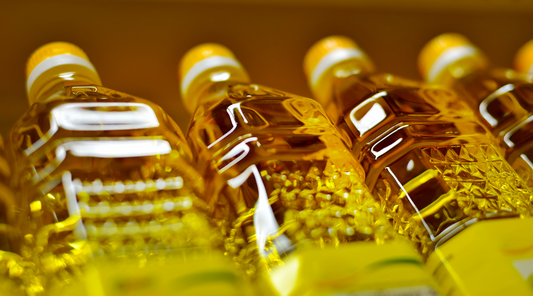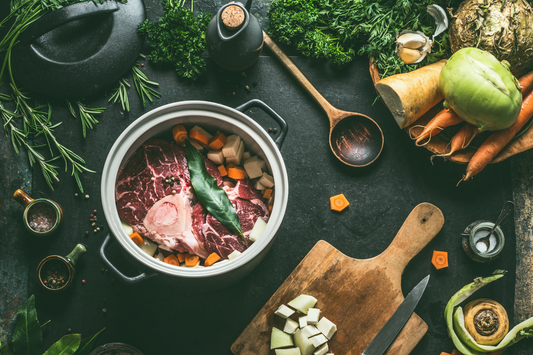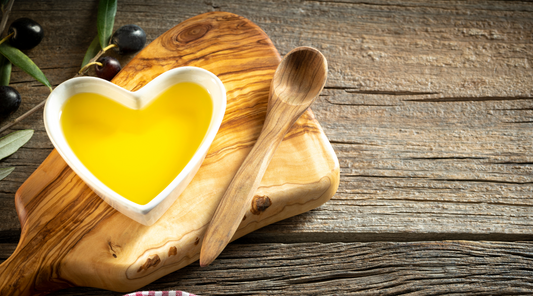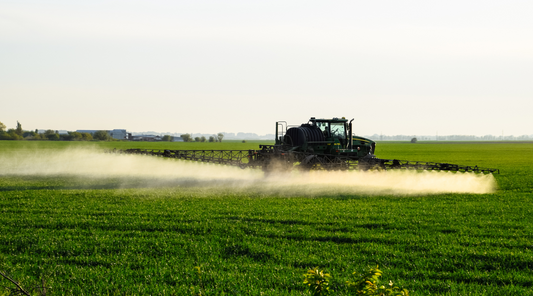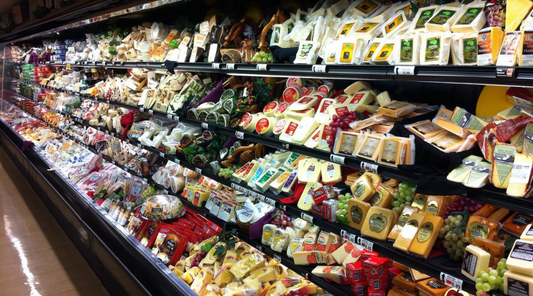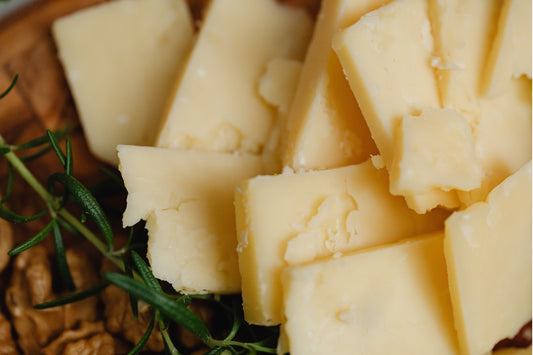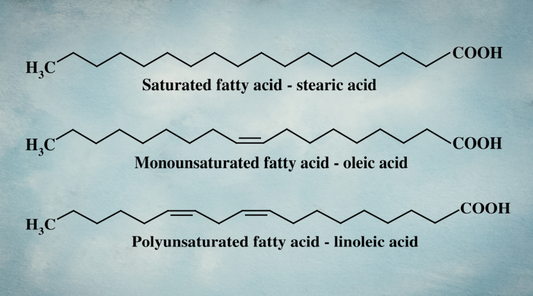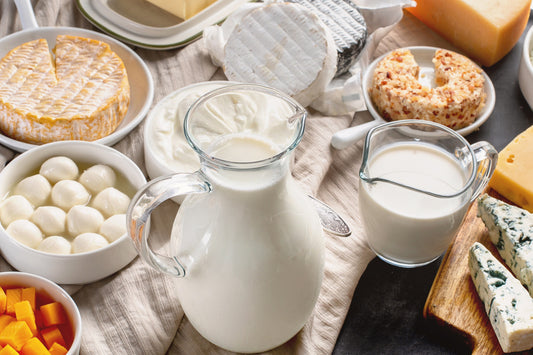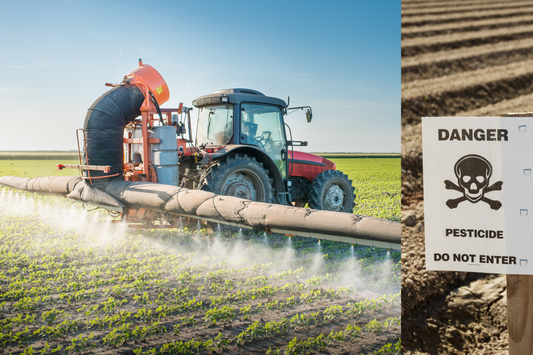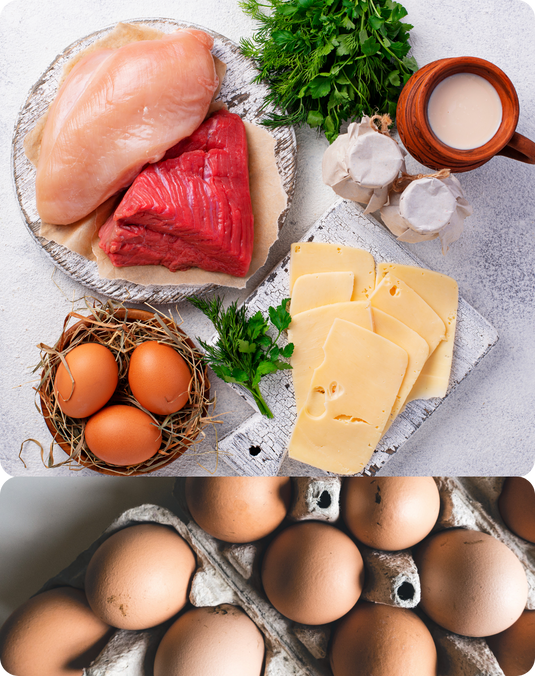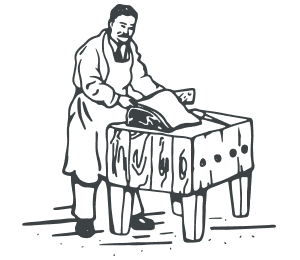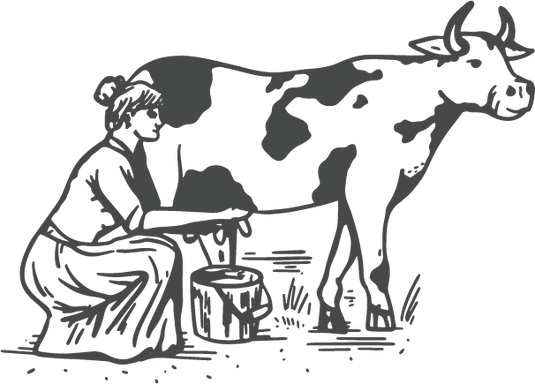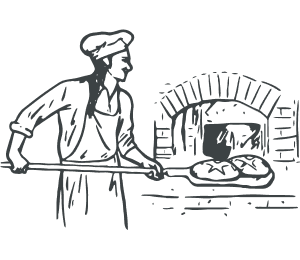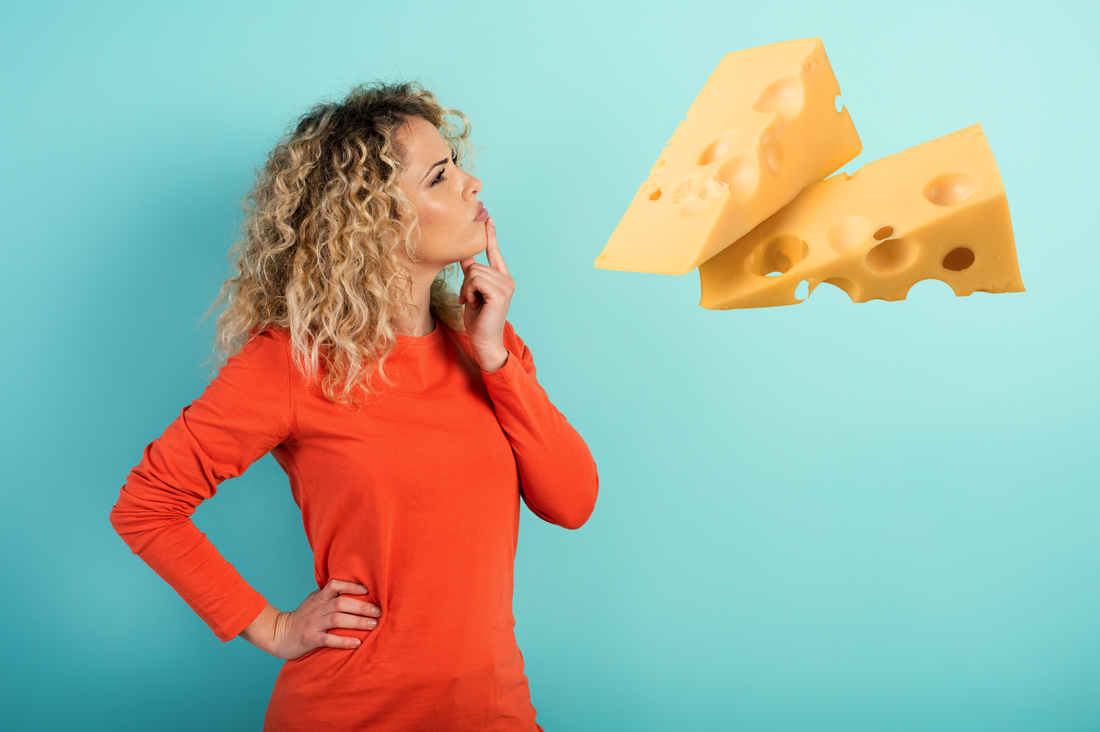
The Case for Raw Cheese: Why Traditional Dairy Deserves a Comeback
Do people in your life judge you for eating raw cheese? Do they give you that wide-eyed look, like you’ve completely lost it -- Why would you put your life at risk?!
Are you not sure how to respond to their criticisms and fears? In today's email, let’s address three common comments against raw cheese so that you can feel more prepared and confident the next time someone questions your choice.
But first... why does this fear exist in the modern health world?
Please Note - This information is for educational purposes only and is not intended as medical or legal advice. Please do your own research and consult with a qualified professional before making any health or dietary decisions.
Modern messaging around raw dairy is all about fear:
🚨 Extremely dangerous!
🚨 One bite could kill you!
This “nature is scary” mindset assumes that nature is flawed and that we know better than biology. It treats all bacteria as bad, ignoring the fact that we need bacteria to survive.
This mindset makes it easier to accept a centralized food system based on confinement, mass production, chemical interventions, and shortcuts. It tries to outsmart nature with industrial processing and has only been around for ~100 years. (At some point, this 'fighting nature with chemicals approach' will stop working).
But here’s the reality:
-
Working with nature isn’t profitable for Big Ag & Big Pharma.
-
If people returned to traditional food-making methods, their profits would tank.
-
They need you to believe that their system is the only “safe” option.
Now, let’s break down three common criticisms of raw cheese so that you are ready next time someone gives you that “Are you crazy?” look when they see you munching on some raw cheese.
1️⃣ “Pasteurization was a monumental invention that reduced foodborne illness and death rates.”
Pasteurization is the process of heating a liquid to a high temperature for a set period and then rapidly cooling it to kill harmful bacteria. It was invented in 1864 by Louis Pasteur, originally to preserve wine and beer. The U.S. began implementing pasteurization in the 1920s and 1930s as a response to foodborne illness concerns in urban areas.
Sure, pasteurization served a purpose at that time... but why was it even necessary in the early 1900s?
👉 Before industrialization, dairy cows lived on pasture, grazing in clean, natural environments.
👉 As cities expanded during 'Urbanization' in the early 1900s, cows were moved from pastures into crammed into filthy, confined spaces, often fed waste from breweries.
👉 Naturally, milk from those cows wasn’t safe...what would you expect if you moved cows into downtown Chicago?
Pasteurization wasn’t introduced because raw milk was inherently dangerous, it became necessary because of poor farming conditions in urban areas.
So yes, pasteurization made sense in that context.
But humans have consumed raw dairy for over 7,000 years. 1, 2, 3 If it’s truly so dangerous, how have we survived this long? How did we survive before pasteurization?
And if pasteurized dairy is the “healthier” option… why are lactose intolerance rates and dairy allergies at an all-time high when it used to be a dietary staple?
Maybe the issue isn’t dairy itself, but what we’ve done to it.
2️⃣ “Raw cheese isn’t safe.”
Again, if raw cheese was inherently unsafe, how did people rely on it for over 7000 years? Cultures around the world have relied on raw cheese, and now all of a sudden it's unsafe?
With proper sanitation, good milking practices, and healthy animals raised in harmony with nature on pasture, raw cheese is safe to consume.
And here’s something no one talks about: pasteurized dairy has had plenty of recalls.
Pasteurization isn’t a magical safety guarantee:
-
E. coli outbreak: Caused by a damaged rubber seal in pasteurization equipment. 4
-
February 2024: Listeria outbreak in pasteurized Queso Fresco and Cotija cheese.
Everything in life has some level of risk.
But according to CDC data, raw dairy isn’t even close to the highest-risk food category:
🥬 Produce: 46% of foodborne illness
🥩 Meat & Poultry: 22%
🥛 Dairy: 10% (both pasteurized & raw)
🐟 Seafood: 7%
🥚 Eggs: 6%
Why is raw cookie dough with raw egg yolks, raw oysters at a restaurant, and raw fish at a sushi bar all considered “safe”? Why the double standard?
3️⃣ “There’s no nutritional difference.”
While some tests show similar levels of fat, protein, vitamins, and minerals between raw and pasteurized cheese, other studies suggest significant nutrient loss during pasteurization. In fact, some data indicates that mineral deposits build up on pasteurization equipment. Where did those minerals come from? Oh, that’s right -- the milk.
But food is more than just macronutrients and micronutrients. The whole food matrix contains bioactive compounds that science is still uncovering.
Raw cheese is structurally different from pasteurized cheese.
It contains important compounds that are destroyed by pasteurization, like:
- Live beneficial bacteria → Supports gut health & digestion (destroyed in pasteurization). Raw cheese is Mother Nature's probiotic.
- The Wulzen Factor → A heat-sensitive compound that may help prevent joint calcification and arthritis. Dr. Wulzen’s studies in the 1930s initially showed that animals deprived of raw dairy and fed only pasteurized milk developed joint stiffness and other degenerative symptoms, which were reversed when raw butterfat was reintroduced.
- Enzymes → Critical for digestion, metabolism, and detoxification (denatured by heat).
- Immunoglobulins (IgA) → Supports immune function (destroyed in pasteurization).
- Cytokines (TGF-beta) → Involved in cell growth, immune regulation, and tissue repair.
- Lactoferrin (& other bioactive proteins) → A powerful antimicrobial, anti-inflammatory, and gut-supporting protein that gets damaged by heat.
Maybe that’s why some people who can’t eat store-bought pasteurized cheese can digest our raw cheese just fine.
Like Carol, who shared:
“I’ve had severe lactose intolerance for 20+ years. Every time I ate cheese, I got serious cramps and even fainted. I assumed my body just couldn’t handle dairy. But after trying your cheese, I started with one small bite… and I was fine. Now I’m eating cheese sticks. I love the taste! I’m so happy to enjoy cheese again. Thank you!!!”
This is why we do things the old-school way. Our cheese is always:
✅ Raw
✅ A2
✅ 100% Grass-Fed
✅ Made with Traditional Animal Rennet
The food system has changed - but our bodies haven’t. It’s time to return to what truly works and has sustained generations before us: real, unaltered, traditional food.
[Explore our Raw A2 Cheese Collection Here]





